The amount that the tip of the nose is turned up or down is referred to as “rotation”. One important angle to look at is the nasolabial angle, or the angle the nose makes with the upper lip. For a female, an attractive angle is obtuse, from 105-115 degrees. For a male, the ideal is closer to a right angle, from 95-105 degrees. When the angle of rotation becomes much more than 120 degrees, the result is usually unattractive with too much of the nostrils visible from the frontal view. During surgery, when we turn the tip of the nose up we call it rotating the nose, and when we turn it down we call it counter-rotating the nose. Counter-rotating the tip in rhinoplasty typically presents a much greater surgical challenge.
Counter-rotating the tip has the effect of lengthening a shortened nose. In order to push the tip downward and outward, additional structure and support is needed. Cartilage is used to fashion grafts for this purpose. Common cartilage grafts used to counter-rotate the tip in rhinoplasty are extended spreader grafts, septal extension and caudal septal extension grafts, and a variety of onlay grafts. Previous scar tissue contracture and the skin envelope often limit the amount of counter-rotation that is possible. The maximum amount of lengthening and counter-rotation may be achieved using these grafts made from rib cartilage.

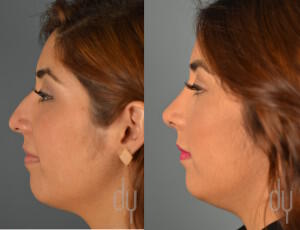
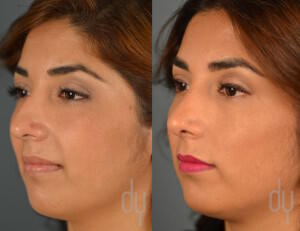
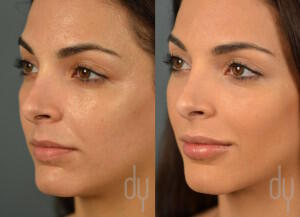

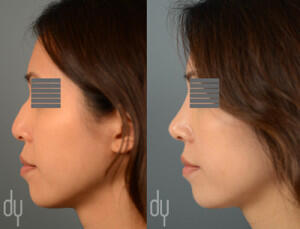
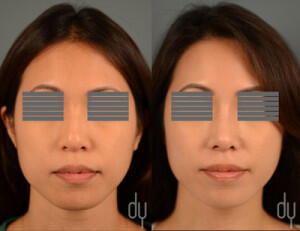
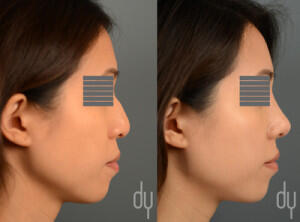
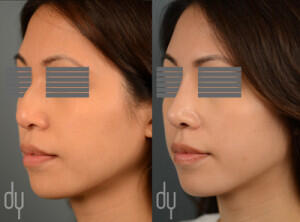
 Contact Us
Contact Us